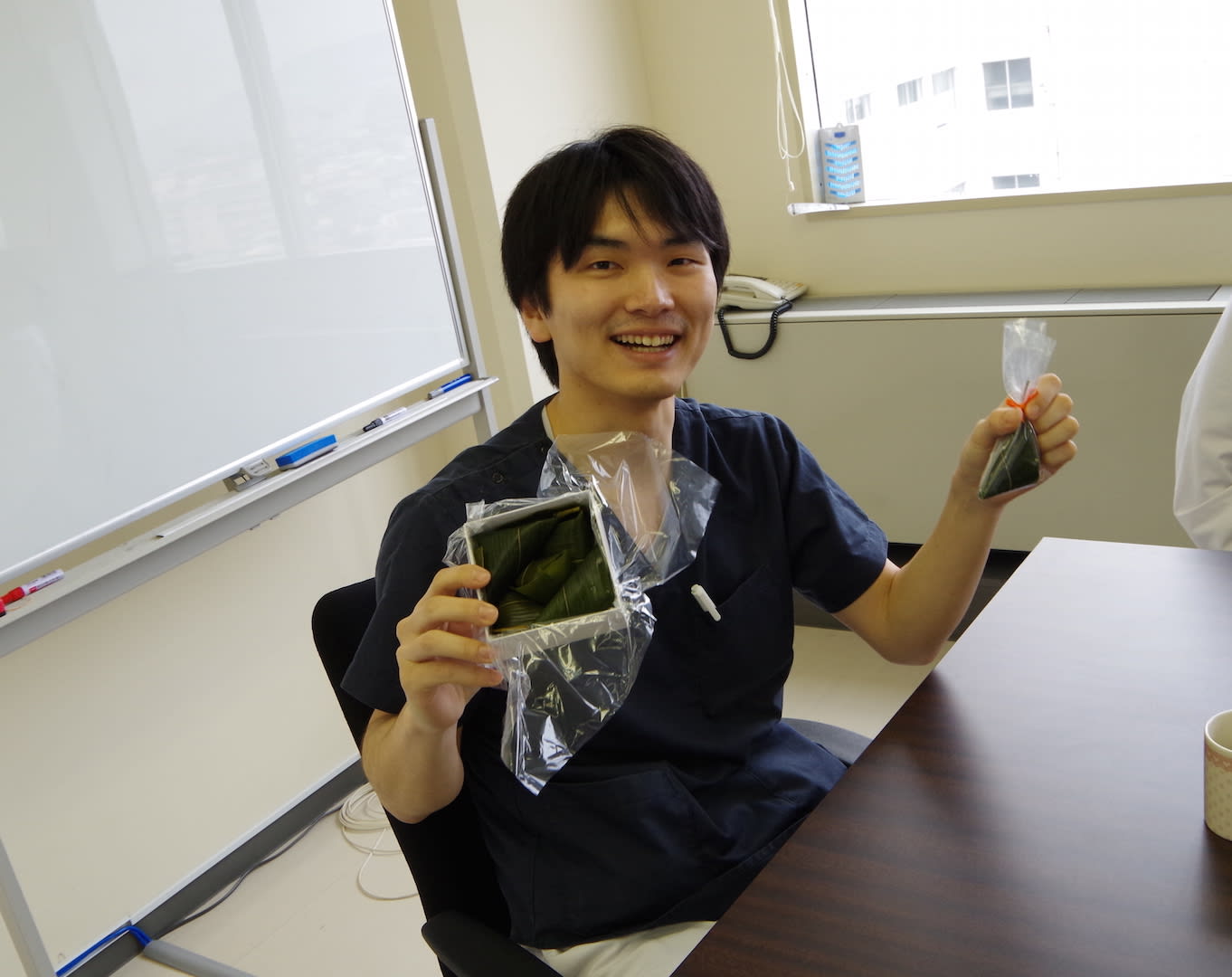またもや頭蓋内動脈狭窄症に対するステント留置術の効果が否定されました。
JAMA. 2015 Mar 24-31;313(12):1240-8.
前回は自己拡張型ステントWignspanを用いた試験(SAMMPRIS trial)でしたが、今回はバルーン拡張型ステントを用いた試験(VISSIT)です。
これで2つネガティブな結果になってしまいました。
ただ、この試験の周術期合併症率は高すぎますし(25.8%)、われわれの印象では明らかにステント留置が効く人がいます。
やはり薬剤抵抗性の患者さん、つまり薬では発作が止まらない方などがステントの良い適応のように思います。
臨床効果を確認する新たな試験が期待されます。
The efficacy of stenting for intracranial artery stenosis was again denied.
The previous negative RCT was SAMMPRIS trial in which self-expanding stent, Wingspan, was used.
This time, VISSIT trial employed balloon expandable stents.
The rate of periprocedural complication was unexpectedly high although stenting is very effective for some patients in our daily practices.
For example, medication-resistant patients might be good indication for this treatment.
New RCTs are waited for re-evaluation under different indication.
JAMA. 2015 Mar 24-31;313(12):1240-8.
前回は自己拡張型ステントWignspanを用いた試験(SAMMPRIS trial)でしたが、今回はバルーン拡張型ステントを用いた試験(VISSIT)です。
これで2つネガティブな結果になってしまいました。
ただ、この試験の周術期合併症率は高すぎますし(25.8%)、われわれの印象では明らかにステント留置が効く人がいます。
やはり薬剤抵抗性の患者さん、つまり薬では発作が止まらない方などがステントの良い適応のように思います。
臨床効果を確認する新たな試験が期待されます。
The efficacy of stenting for intracranial artery stenosis was again denied.
The previous negative RCT was SAMMPRIS trial in which self-expanding stent, Wingspan, was used.
This time, VISSIT trial employed balloon expandable stents.
The rate of periprocedural complication was unexpectedly high although stenting is very effective for some patients in our daily practices.
For example, medication-resistant patients might be good indication for this treatment.
New RCTs are waited for re-evaluation under different indication.

























